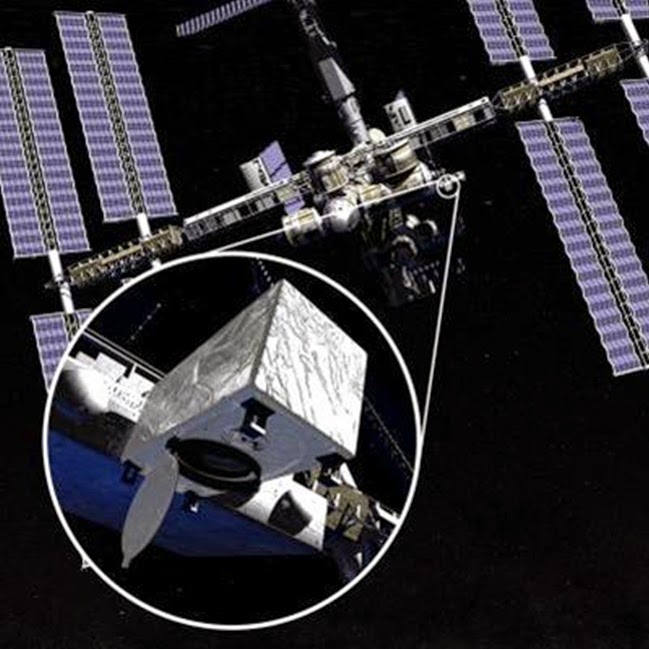Hi' CATS to help study pollution from space.
NASA is preparing to launch new technology to improve the study of pollution in the Earth’s atmosphere from the International Space Station.
The fridge-sized Cloud-Aerosol Transport System (CATS) instrument will measure and characterise the tiny particles of dust, air pollutants and smoke in the atmosphere by rapidly firing lasers at them and analysing the reflected light with much greater accuracy and using much less energy than existing technology.
‘CATS is a groundbreaking science & technology pathfinder,’ said Colleen Hartman, deputy director for science at NASA’s Goddard Space Flight Center in Greenbelt, Maryland.
‘Not only will it make critical measurements that will tell us more about the global impact of pollution, smoke and dust on Earth’s climate, it will demonstrate promising new technology and prove that inexpensive missions can make critical measurements needed by the modelers to predict future climate changes.’
CATS will be the first such technology to use a laser producing ultraviolet light (355nm) as well as visible (532nm) and infrared (1,064nm) wavelengths to measure volcanic particles and other aerosols from space.
It will also use detectors that can count individual photons, delivering better resolution and finer-scale details than the existing CALIPSO satellite -based system, and will fire 5,000 laser pulses and use only one millijoule of energy per second – compared to 20 pulses and 110 millijoules pulses per second.
‘We believe [the ultraviolet laser] will deliver more detailed information revealing whether the particles scientists see in the atmosphere are dust, smoke or pollution,’ said scientist Matt McGill, who led development of the technology.
The problem will be the risk of contamination of the ultraviolet system, he said. ‘If you get contamination on any of your outgoing optics, they can self-destruct, and then your system’s dead.
‘You end up with very limited lifetime. The way to find out is to fly a relatively inexpensive payload aboard an existing platform, like the International Space Station.’
The ISS is also well placed to study pollution, he added, because it passes over many of the primary aerosol-transport paths within the atmosphere, such as the route that carries particles from Southeast Asia towards the Arctic and then down the west coast of America.
‘Because smoke-darkened skies over cities and communities can pose health risks to populations, especially to the medically vulnerable, the ability to track those aerosols and deliver warnings is critical,’ said McGill said.
Long-term data also can reveal the shifts that are occurring in global climate — whether changes are occurring in cloud cover or whether the level of pollutants is increasing or decreasing — over geographic distances and time.


.jpg)


